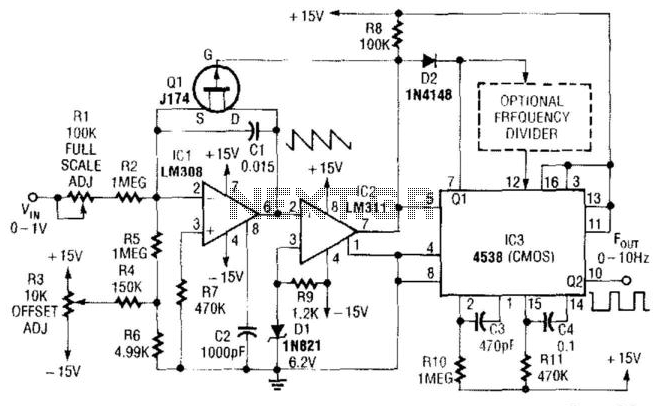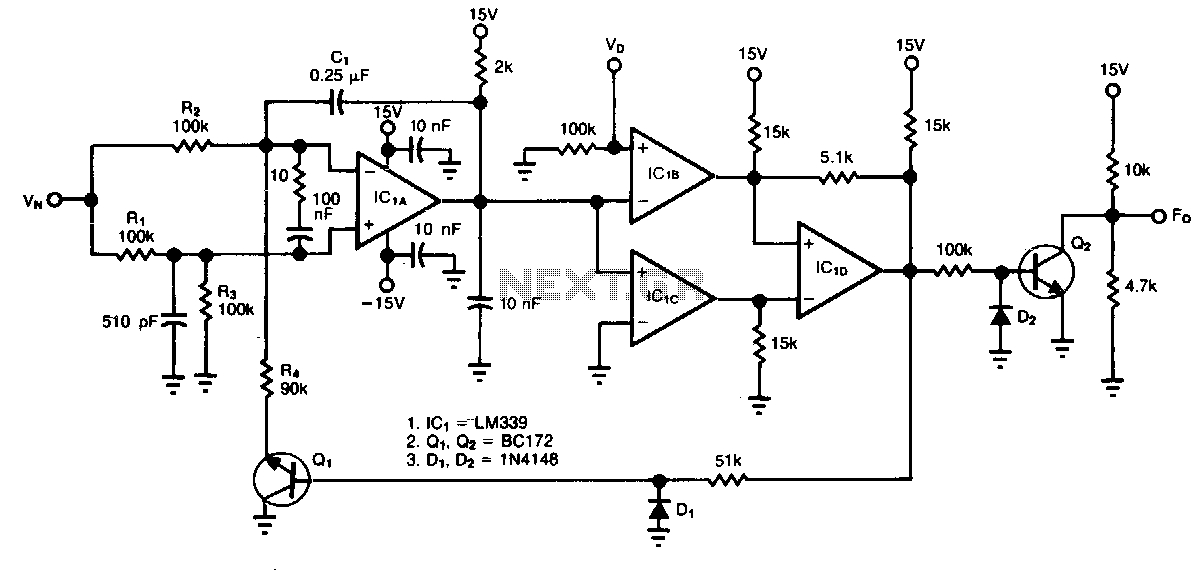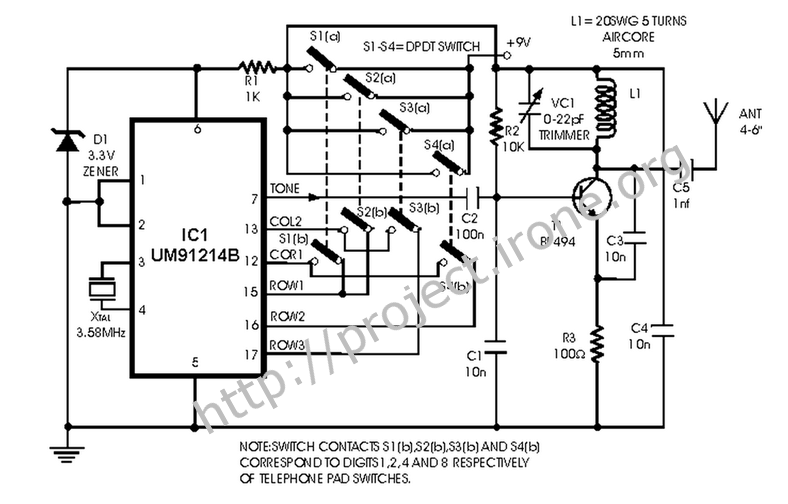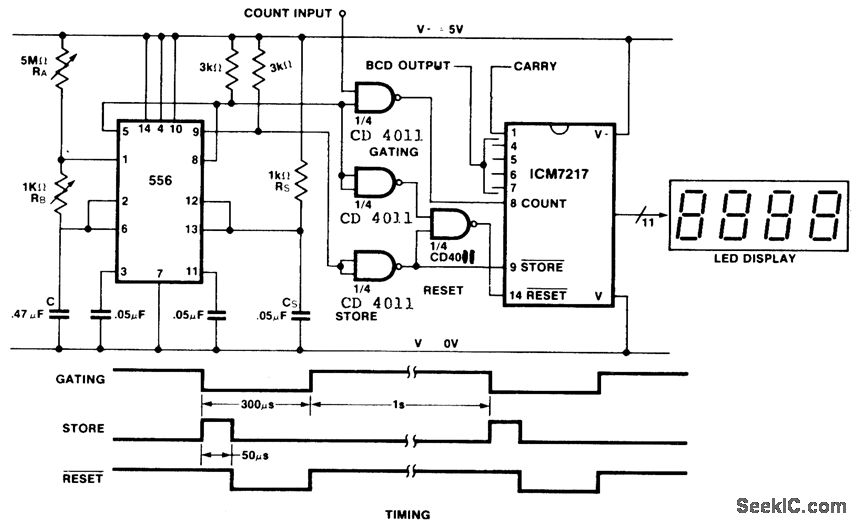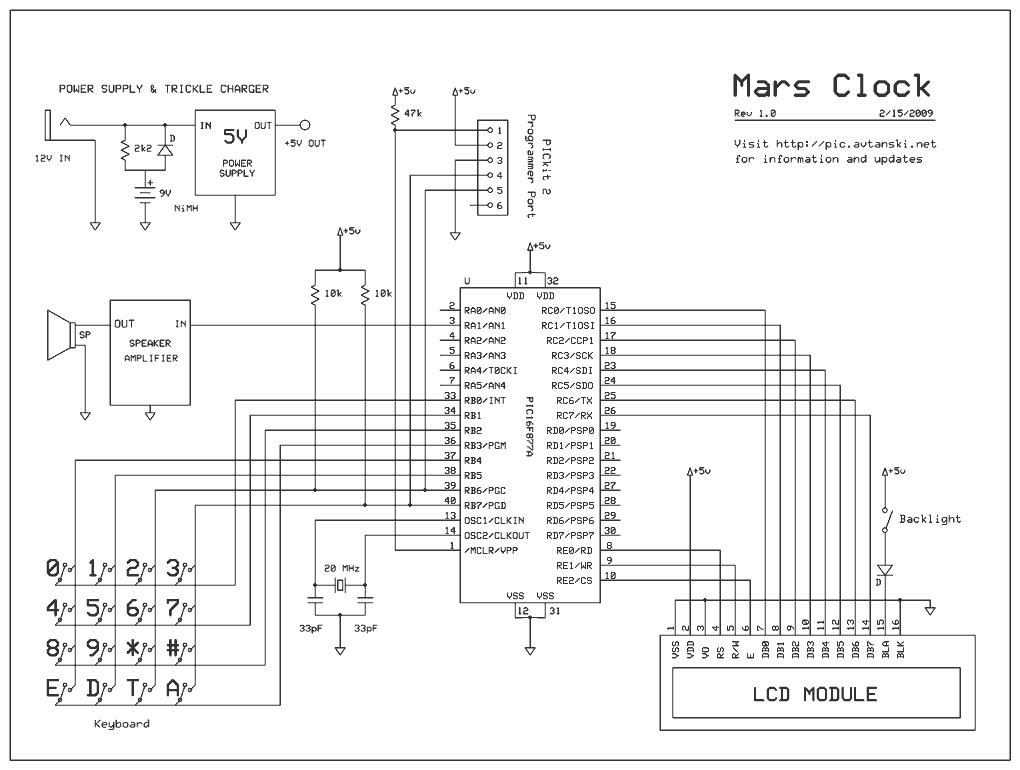
Frequency counter 400Hz to 50MHz with PIC 16F84
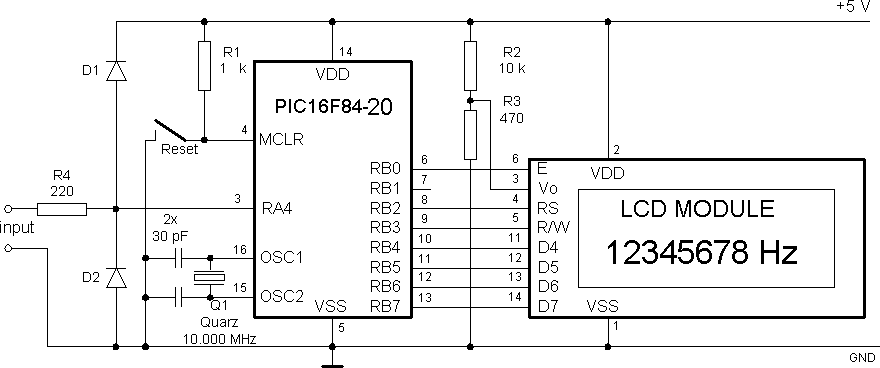
It consists only from Microchip PIC 16F84 cpu and LCD text module. Author states that this counter is capable metering frequencies from 400Hz to 50MHz. I used faster, 20MHz version of 16F84A-20I/P, and it managed to count 80MHz oscillator output. More: It is made on testing breadboard and uncalibrated. I made it just for testing. And the schematics is almost unmodified. I used small TTL oscillators for testing. These devices are much more precise than cheap quartz crystals used in schematics. It is possible to adjust 10MHz and so you can calibrate your counter. Here are my testing readings- the device is uncalibrated.
The described circuit utilizes a Microchip PIC 16F84 microcontroller in conjunction with an LCD text module to create a frequency counter capable of measuring frequencies from 400 Hz to 50 MHz, with the potential to count signals up to 80 MHz using the faster variant, the PIC 16F84A-20I/P. The design is implemented on a breadboard for prototyping and testing purposes, which indicates a focus on functionality and ease of modifications rather than a final production-ready circuit.
The microcontroller serves as the primary processing unit, executing the necessary algorithms to capture and display frequency measurements. The LCD module provides a user-friendly interface for reading the frequency values being measured. The circuit is designed to accept input from various oscillators, including TTL oscillators, which are noted for their precision compared to standard quartz crystals. This feature enhances the accuracy of frequency readings.
Calibration is an essential aspect of this circuit, as the author notes that it can be adjusted to ensure accuracy. The testing involved using a range of frequencies from different oscillators, and the readings obtained demonstrate the device's capability, albeit in an uncalibrated state. For instance, the readings for various frequencies show discrepancies, which can be corrected through calibration adjustments.
Overall, the circuit represents a practical application of microcontroller technology in frequency measurement, illustrating fundamental principles of electronics and providing a foundation for further development and refinement. The simplicity of the design allows for easy modifications and improvements, making it suitable for educational purposes or as a base for more complex projects.It consists only from Microchip PIC 16F84 cpu and LCD text module. Author states that this counter is capable metering frequencies from 400Hz to 50MHz. I used faster, 20MHz version of 16F84A-20I/P, and it managed to count 80MHz oscillator output. It is made on testing breadboard and uncalibrated. I made it just for testing. And the schematics is almost unmodified. I used small TTL oscilators for testing. These devices are much more precise that cheap quartz crystal used in schematics. It is possible to adjust 10MHz and so you can calibrate your counter. Here is my testing readings- the device is uncalibrated. Quartz Freq readings 12.000000 MHz 12000112 Hz 25.175000 MHz 25175456 Hz 28.322000 MHz 28322656 Hz 80.000 MHz 79999616 Hz 🔗 External reference
The described circuit utilizes a Microchip PIC 16F84 microcontroller in conjunction with an LCD text module to create a frequency counter capable of measuring frequencies from 400 Hz to 50 MHz, with the potential to count signals up to 80 MHz using the faster variant, the PIC 16F84A-20I/P. The design is implemented on a breadboard for prototyping and testing purposes, which indicates a focus on functionality and ease of modifications rather than a final production-ready circuit.
The microcontroller serves as the primary processing unit, executing the necessary algorithms to capture and display frequency measurements. The LCD module provides a user-friendly interface for reading the frequency values being measured. The circuit is designed to accept input from various oscillators, including TTL oscillators, which are noted for their precision compared to standard quartz crystals. This feature enhances the accuracy of frequency readings.
Calibration is an essential aspect of this circuit, as the author notes that it can be adjusted to ensure accuracy. The testing involved using a range of frequencies from different oscillators, and the readings obtained demonstrate the device's capability, albeit in an uncalibrated state. For instance, the readings for various frequencies show discrepancies, which can be corrected through calibration adjustments.
Overall, the circuit represents a practical application of microcontroller technology in frequency measurement, illustrating fundamental principles of electronics and providing a foundation for further development and refinement. The simplicity of the design allows for easy modifications and improvements, making it suitable for educational purposes or as a base for more complex projects.It consists only from Microchip PIC 16F84 cpu and LCD text module. Author states that this counter is capable metering frequencies from 400Hz to 50MHz. I used faster, 20MHz version of 16F84A-20I/P, and it managed to count 80MHz oscillator output. It is made on testing breadboard and uncalibrated. I made it just for testing. And the schematics is almost unmodified. I used small TTL oscilators for testing. These devices are much more precise that cheap quartz crystal used in schematics. It is possible to adjust 10MHz and so you can calibrate your counter. Here is my testing readings- the device is uncalibrated. Quartz Freq readings 12.000000 MHz 12000112 Hz 25.175000 MHz 25175456 Hz 28.322000 MHz 28322656 Hz 80.000 MHz 79999616 Hz 🔗 External reference
